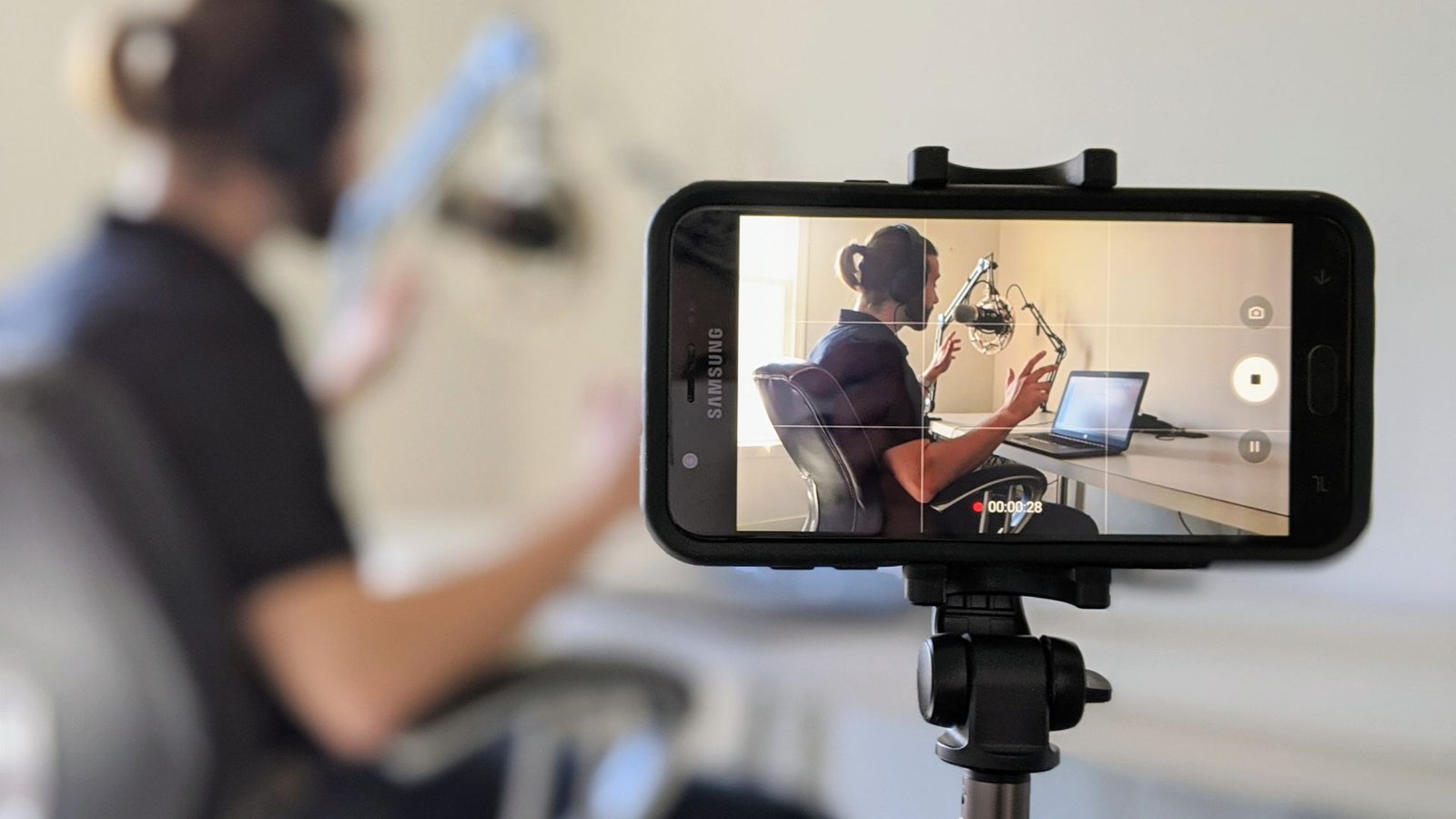Capturing smooth and steady video is crucial for creating professional-quality footage, whether you’re shooting with a DSLR, mirrorless camera, or smartphone. Shaky footage can be distracting and reduce the overall quality of your video. Here are top tips for achieving smooth, steady video without the hassle of shaky hands or jittery movements.

Use a Tripod or Monopod
A tripod is one of the simplest tools for steady video:
- Tripods: Ideal for static shots where the camera stays in one position. Look for a tripod with a fluid head, which allows for smooth panning and tilting movements.
- Monopods: A more mobile option that helps stabilize your camera while still allowing for flexibility in movement. They’re great for shooting on the go.
Invest in a Gimbal Stabilizer
Gimbals are motorized devices that help keep your camera steady, even while you move:
- 3-Axis Gimbals: These gimbals stabilize your camera along three axes (tilt, pan, and roll), allowing you to capture smooth shots even when walking or running.
- Handheld Gimbals: Compact and portable, these are great for travel or vlogging, providing dynamic shots without camera shake.
Enable In-Camera Stabilization
Most modern cameras come with built-in stabilization, which helps smooth out minor shakes:
- Optical Image Stabilization (OIS): Found in many lenses, OIS compensates for small shakes by adjusting the lens elements.
- In-Body Image Stabilization (IBIS): Some cameras have IBIS, which stabilizes the camera sensor itself, reducing shake across all lenses.
Practice Proper Handheld Techniques
If you’re shooting handheld, proper technique is key:
- Hold the Camera Steady: Use both hands to hold the camera and keep your elbows close to your body to reduce shake.
- Use Your Body for Stability: Bend your knees slightly and use your legs as shock absorbers while walking. Avoid making quick or jerky movements.
- Move Slowly: When panning or tilting the camera, do so slowly and smoothly to avoid introducing unwanted shake.
Use a Shoulder Rig
A shoulder rig distributes the weight of your camera across your body, helping to stabilize handheld shots:
- Adjustable Shoulder Rigs: These rigs provide stability while allowing for free movement. They’re ideal for documentary-style shooting or any situation where mobility is key.
- Counterweights: Some shoulder rigs come with counterweights to balance the camera and make shooting for long periods more comfortable.
Master Camera Movements
Smooth camera movements can make a big difference in video quality:
- Panning: When panning left or right, keep your movement slow and consistent. Start and end the pan gradually to avoid abrupt starts or stops.
- Tilting: Similar to panning, tilting should be done slowly and smoothly, especially when changing camera angles vertically.
- Tracking Shots: If you’re moving with your camera, use a dolly, gimbal, or shoulder rig to keep the camera steady while you walk.
Lock Focus and Exposure
Unwanted focus shifts or exposure changes can make your video look unsteady, even if your camera isn’t shaking:
- Manual Focus: Switch to manual focus to avoid the camera hunting for focus while you shoot. Lock the focus on your subject before starting the shot.
- Lock Exposure: Use manual exposure settings to avoid sudden changes in brightness, which can occur if the camera tries to adjust for changing light conditions.
Shoot in Higher Frame Rates
Higher frame rates (like 60fps or 120fps) can help smooth out footage, especially during fast movements:
- Slow Motion: Shooting in a higher frame rate allows you to slow down footage in post-production, reducing the appearance of shake.
- Smoother Playback: Higher frame rates also result in smoother playback when viewed at normal speed, which can help make movements appear more fluid.
Post-Production Stabilization
Even if your footage isn’t perfectly steady, you can fix it in post-production:
- Software Stabilization: Programs like Adobe Premiere Pro, Final Cut Pro, and DaVinci Resolve offer built-in stabilization tools that can smooth out shaky footage.
- Warp Stabilizer: Premiere Pro’s Warp Stabilizer is a popular tool that analyzes your footage and applies corrections to reduce camera shake.
Plan Your Shots
Finally, thoughtful planning can prevent shaky footage:
- Pre-Visualize Movements: Plan your camera movements in advance to avoid unnecessary adjustments while shooting.
- Use Markers: Mark your start and end positions when panning or moving with the camera to keep movements smooth and predictable.
Conclusion
Achieving smooth and steady video requires a combination of the right equipment, good technique, and careful planning. By using tools like tripods, gimbals, and stabilization software, and practicing proper handheld shooting techniques, you can produce professional-looking footage that is free of distracting shakes. Whether you’re shooting for a film, vlog, or travel video, these tips will help ensure your videos are smooth and polished.










